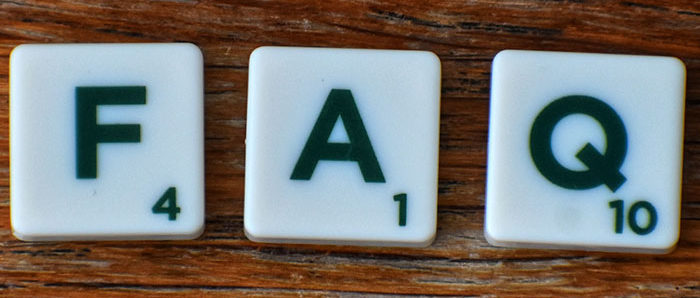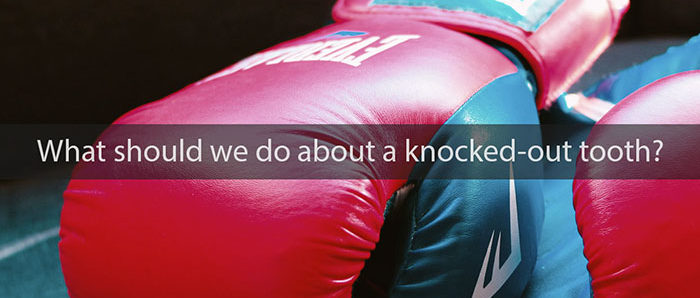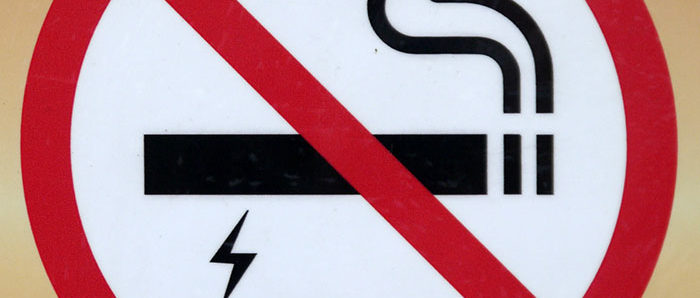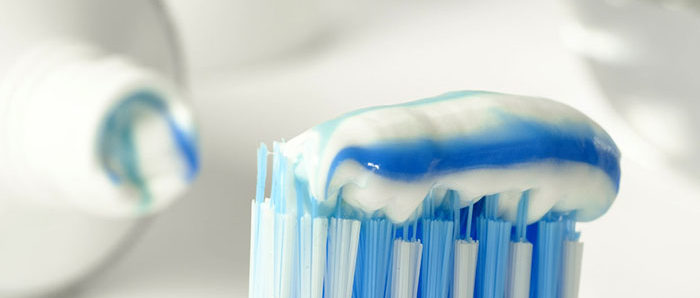IT CAN BE DIFFICULT to get any enjoyment out of a cozy mug of hot cocoa if every sip comes with a jolt of pain from sensitive teeth. An eighth of the U.S. population (including kids!) deals with some level of tooth sensitivity, so what causes it and how can we protect our teeth?
The Nerves Inside Our Teeth
A healthy tooth consists of a protective outer layer of enamel over a more porous layer of dentin, with a pulp chamber at the center. Dental pulp is made up of nerves and blood vessels, and those nerves receive sensory input for things like pressure and temperature changes through the thousands of microscopic tubules running through the dentin.
When Sensory Input Works Against Us
Enamel erosion is one of the main causes of tooth sensitivity. If the protective enamel layer wears down, then it exposes the tubules in the dentin, which leads to the nerves suddenly getting a lot more stimulation than they like. They get a nasty shock when the tooth comes in contact with anything too hot or cold, or sometimes even anything too sweet or sour.
Other Causes of Sensitivity
Gum recession can expose the root of a tooth, which doesn’t have enamel protecting it the way the crown does. If overbrushing, teeth grinding, or gum disease leaves the root exposed, it can become very sensitive. Tooth injuries and cavities can also cause sensitivity because they weaken the structure of the tooth and compromise the enamel in other ways.
Sometimes teeth are temporarily sensitive after dental treatment!
Ways of Protecting Your Teeth
Fortunately, there are a few ways to fight back against tooth sensitivity and also ways to prevent it. Make sure to brush with a soft-bristled brush to prevent further enamel erosion or gum recession. It doesn’t actually take stiff bristles to effectively clean our teeth. Another way to combat the effects of sensitivity is to use special toothpaste formulated for special teeth, and it will also help to avoid sugary and acidic foods and drinks — especially soda.
Get Help from the Dentist
There’s no need to suffer tooth sensitivity in silence; make sure the dentist knows! They can determine what’s causing the problem and provide solutions, including a fluoride varnish to strengthen tooth enamel, a prescription for a desensitizing toothpaste, or even a dental restoration or gum graft to cover exposed roots in more severe cases.




















